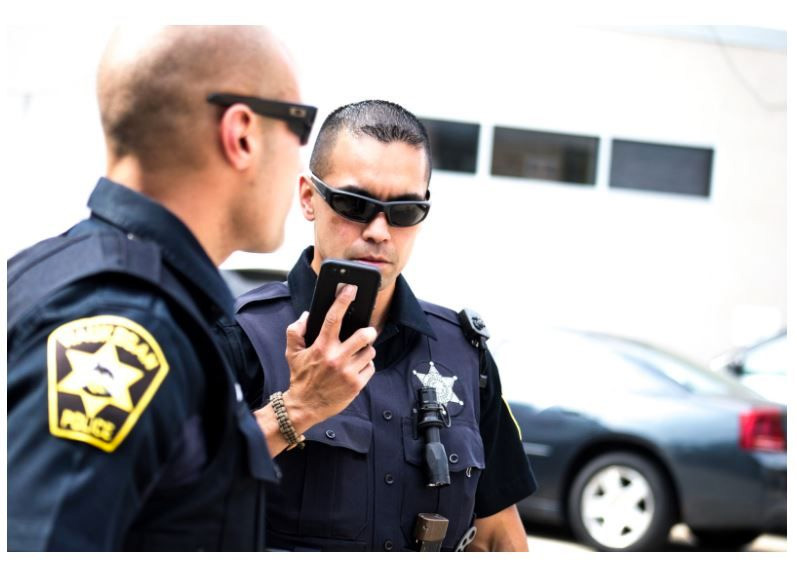Congratulations, you’re set up, you’ve had your  meetings, and everyone is on the same page about Intelligence-led policing. This is going to be the next best thing since radios and Velcro duty belts! But, alas, I’ve saved the hardest for the last, putting intelligence-led policing into long term action. Intelligence-led policing is not something that can be tried for a season and then put on the shelf.
meetings, and everyone is on the same page about Intelligence-led policing. This is going to be the next best thing since radios and Velcro duty belts! But, alas, I’ve saved the hardest for the last, putting intelligence-led policing into long term action. Intelligence-led policing is not something that can be tried for a season and then put on the shelf.
In this blog series we have discussed how it must be the heart of an organization wide approach at policing. Intelligence-led policing, like most new things to your department, will take an adjustment period for everyone to become comfortable in using it. No more will what I call the “shotgun method” of patrolling be adequate or effective in your police department. The “shotgun method” of patrolling would be just driving aimlessly around in your zone checking your buildings, answering calls, and otherwise seeing if you can drive up on something. No, as you learned, there is a much more effective way to direct your patrols to where they need to be and when they need to be there by using the intelligence that you already have at your disposal. By using geographic maps, hotspot maps, and time of day/day of week charts, to direct patrols, your officers stand a much greater chance to prevent or disrupt a criminal pattern in their area.
Patrol will not be the only beneficiary of your new intelligence-led policing initiative, your department’s special teams will certainly benefit from your newfound directive. I’m a big believer in specialized reports for special teams such as: narcotics, traffic, detective bureau and SWAT. In my career I created specialized reports for narcotics that not only showed the house that they were investigating, but the houses in close proximity that were also dealing narcotics. The obvious benefit of these reports would be to show possible networks of narcotics sales localized in certain neighborhoods. An added benefit, and a safety benefit, would be to use those maps when planning undercover operations so as not to base your operation near a house with similar criminal activity that might compromise your location.
For my traffic teams, reports on specific streets where the most speeding tickets were written might indicate where we would need to set up a speed reduction device such as a traffic monitoring trailer or red light camera. I routinely produced reports based solely on the cases assigned to my detectives division separated by property and persons crimes. I was able to show, through various visualizations, where the majority of each zone assigned detectives cases were originating from, and from a historical view of that report, estimate the seasonal caseload that each detective might expect so that they might focus on their most prolific and serious offenders.
And for my SWAT team, I was able to create a report that showed, through the use of geographical satellite maps and criminal activity overlay, the best possible access route to a target location. For instance, I would create a map with a target location in the center of the map. I would then overlay similar crimes along the planned route to that target location. With that information, we were able to best layout our safest route to the target location, avoiding any locations with similar criminal activity in order to minimize the possibility of conflict or identification before the target location.
My best advice to you and your department as you begin this new intelligence-led policing chapter, would be to look outside the box that we all create for ourselves within each department. Ask yourself, how would this information, visualized in a different way, help better our department? Ask your staff, if you could improve one thing about how you receive information on crimes, what would it be? Then work with those suggestions to tailor your intelligence-led policing approach specifically toward your department’s needs. Do not assume that just because you are used to a certain reporting style or visualization, that that is the best way or the only way to create that report.
Like most cops, I have a strange sense of humor, and therefore really enjoy de-motivational posters. You know, the ones that look like motivational posters, but actually have a cynical or smart alec way of looking at things. My favorite of these posters kind of sums up my approach to breaking out of our predetermined boxes to reach new levels of policing. It’s a picture of a group of men in the “Running of the Bulls”, and in this picture, one of the men is about to get the business end of a bull if you know what I mean. The caption on the poster reads “Tradition. Just because we’ve always done it this way, doesn’t mean it’s not incredibly stupid.”
As always, feel free to check out our crime analytics resource site to learn more about how you can properly evaluate crime analytic solutions that will help you turn big data into actionable intelligence and start you down the path to becoming an intelligence-led agency.
Read Pt. I, Pt. II, Pt. III, Pt. IV and Pt. V of the series.




